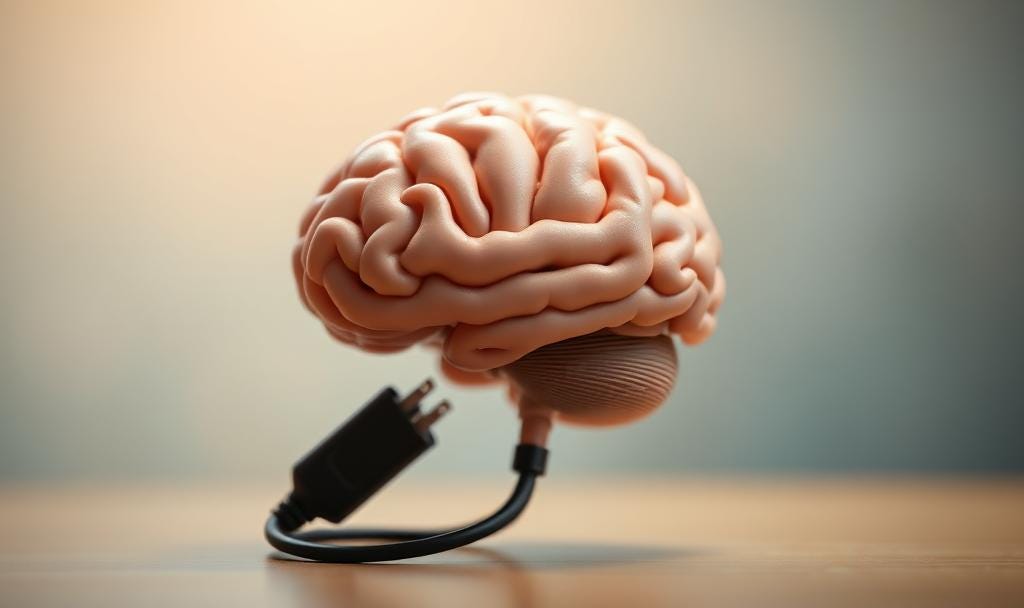It has been a while since I offered (or inflicted upon you) a short list of topics with links as a way of sharing bits of my world with the few of you who might itch in the same weird places I do.
I know that very few readers actually click any provided links, so below, just one per topic. But if you are curious, I most likely can provide more if you leave a comment along those lines.
Poetry of Physics

Over the past few years of following both the progress and the bottlenecks in understanding how quantum physics relates to everyday “reality” I have reached the conclusion that we are at or near a point in that journey where mathematics alone cannot go.
Physics and poetry are both “poietic” disciplines (poiesis meaning to call into being). The language and architecture of poetry, however, may take us places our maths cannot. Search this author for more.
Physics and Poetry in Radical Collaboration Amy Catanzano
Quantum Consciousness
Well this is way deeper waters than I should wade into, but not finding the words has never stopped me from pointing towards those murky objectives with a few readers who may also be compelled to know more.
One of those places is in the ongoing conversation among physicists, philosophers and neuroscientists regarding the nature of consciousness.
Is it an emergent property of billions of neurons and is consciousness limited to what happens in a human brain or does consciousness exist somehow external to the mind?
Is the brain a quantum computer? A remarkable pair of studies suggests so

Electric Brain
And with regard to that three pounds of pink pudding in our heads, can its function be explained entirely by the synaptic process that wire one neuron to its thousand connectors where signals chemically cross gaps and propagate along long, frail nerve processes or might there be something more going on? What are ephaptic fields?
Consciousness Might Hide in Our Brain’s Electric Fields
Care for the Care Partner
The average life expectancy in 1925 was 58 years. Dementia was not often seen on death certificates. In the 1980s, life span was 73 years and dementia deaths was approximately 5 -10%.
By the 2020s when life expectancy in the US was 77 years, that number had increased to 25-30%, which is likely an under-estimate since co-morbidities often cut short the lives of dementia victims.
A diagnosis of dementia is a dyadic label: It marks both the dementia sufferer AND the care partner for life. The care partner, from that moment on, also lives 24/7 with the condition. And yet–until lately–relatively little focus was given on the sustained mental and physical well-being of the partner at every successive stage of the disease.
Thankfully, that is changing.
Share the link. I am certain that you know others who could benefit.
“Caregivers navigate not only the round-the-clock demands of keeping a person safe and comfortable, but also intense financial pressures, multiple medical appointments (because dementia patients often have other health problems as well), social isolation, stigma, grief, guilt, anger, exhaustion, and the stress of coping with behavior that changes unpredictably from one day to the next”
The Needs of Dementia Caregivers | Harvard Magazine
 – Fred First is an author, naturalist, photographer watching Nature under siege since the first Earth Day. Cautiously hopeful. Writing to think it through. Thanks for joining me. Subscribe to My Substack HERE
– Fred First is an author, naturalist, photographer watching Nature under siege since the first Earth Day. Cautiously hopeful. Writing to think it through. Thanks for joining me. Subscribe to My Substack HERE
